Building Green Isn't Just a Trend—It's Our DNA
Look, we've been doing this sustainability thing since before it was cool. Every project we touch has to pass the "would nature approve?" test. Spoiler: nature's pretty picky.
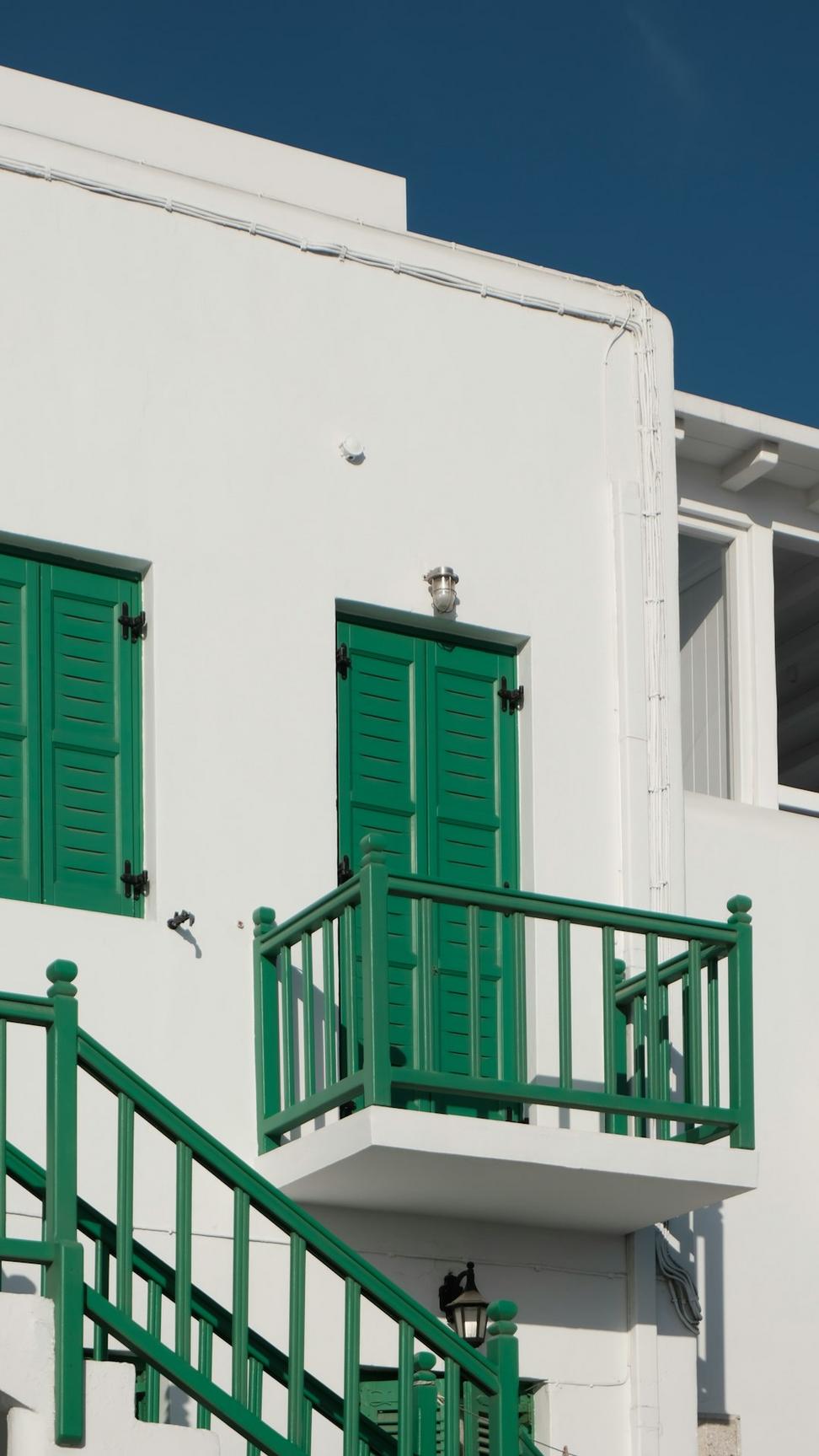
Look, we've been doing this sustainability thing since before it was cool. Every project we touch has to pass the "would nature approve?" test. Spoiler: nature's pretty picky.

We're not here to greenwash. These metrics show what happens when you actually commit to doing things right.
% Average Energy Reduction
Across all completed projects% Water Conservation
Through smart design choicesTons CO2 Offset Annually
That's like planting 14,000 trees% Materials Diverted
From landfills during constructionThat's 50 LEED-certified buildings and counting. Not bad for a studio that started in a Toronto garage back in 2011.
We're basically turning buildings into their own power plants. The grid companies aren't thrilled, but our clients sure are.
Every certification tells a story. Here's how we've grown our commitment over the years.
Our first LEED Silver project in downtown Toronto. We were nervous, excited, and honestly had no idea this would become our entire identity. That residential complex on King Street taught us everything.
Started focusing on how buildings affect people's health. Turns out good air quality and natural light aren't luxuries—they're necessities. Who knew? (Okay, we should've known, but still.)
This one nearly broke us. The most rigorous green building standard out there. But we nailed it on our Mississauga project. Now we're sort of addicted to the challenge.
We pledged that all our new projects would aim for net-zero carbon by 2030. Yeah, it's ambitious. Yeah, it's gonna be tough. But that's kinda the point, right?
Our lead designer got accepted as a fellow. We're now officially learning from nature's 3.8 billion years of R&D. Termite mounds teach better cooling systems than any HVAC manual, trust me.
We're working on something big involving AI-optimized building systems and regenerative design. Can't spill all the beans yet, but let's just say we're aiming way past "sustainable" into territory that actually heals the environment.
We're picky about what goes into our buildings. Here's the stuff we actually use and why.
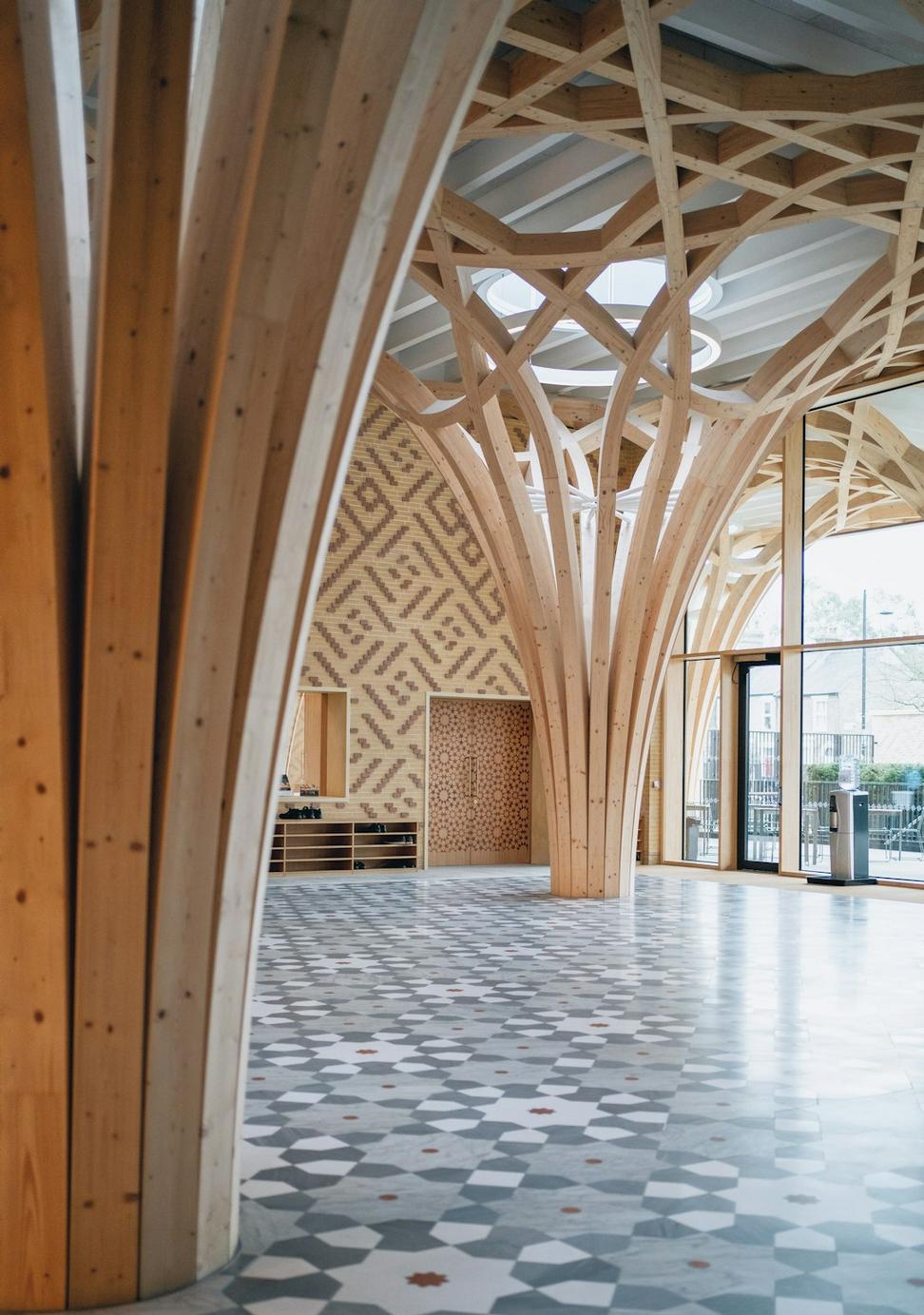
Old barn wood, industrial steel, vintage bricks—they've got character and they're already manufactured. Win-win. Plus clients love the stories behind them.
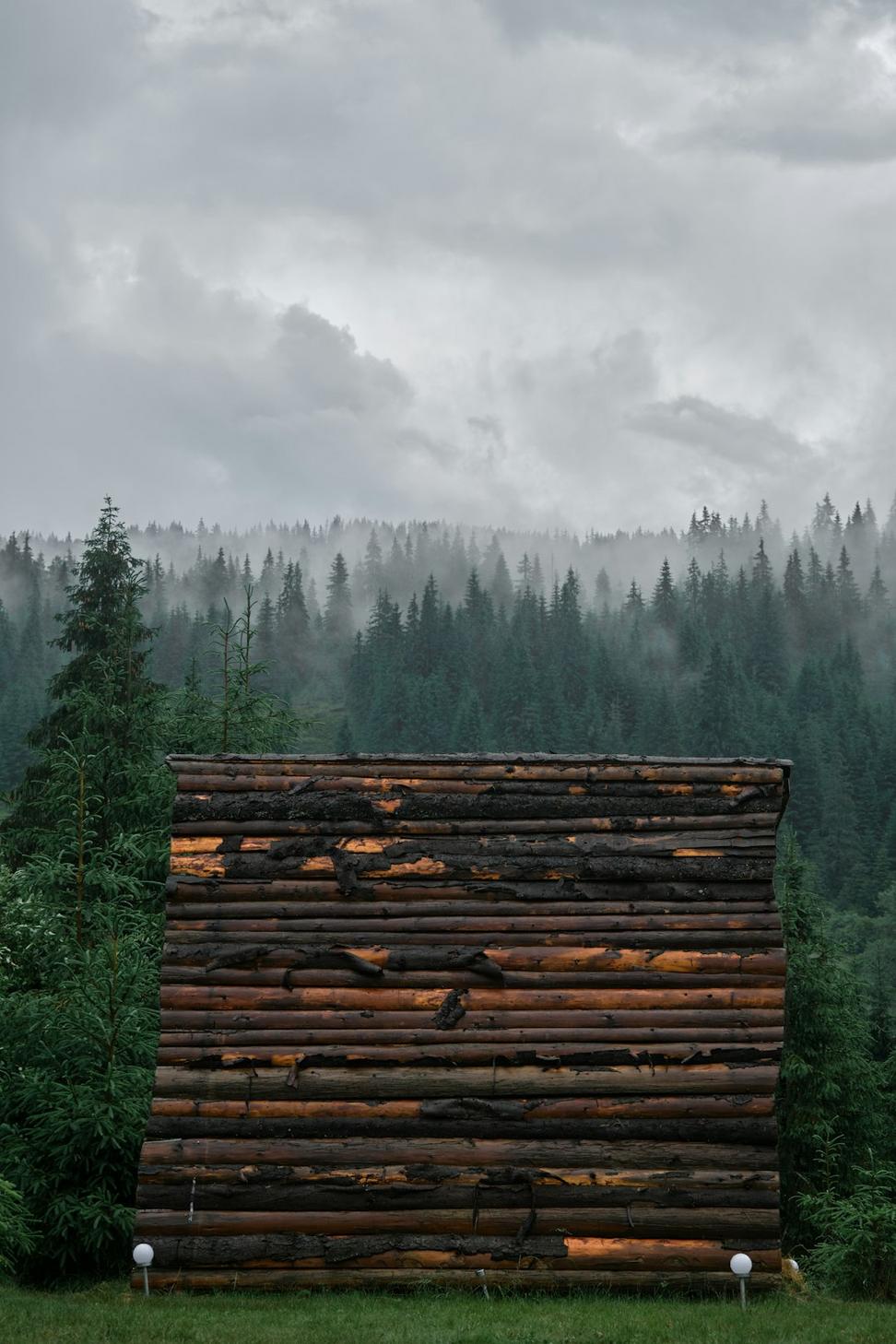
Cross-laminated timber is basically wood's superhero form. Strong as steel, sequesters carbon, and smells way better on site. We're using it on three projects right now.
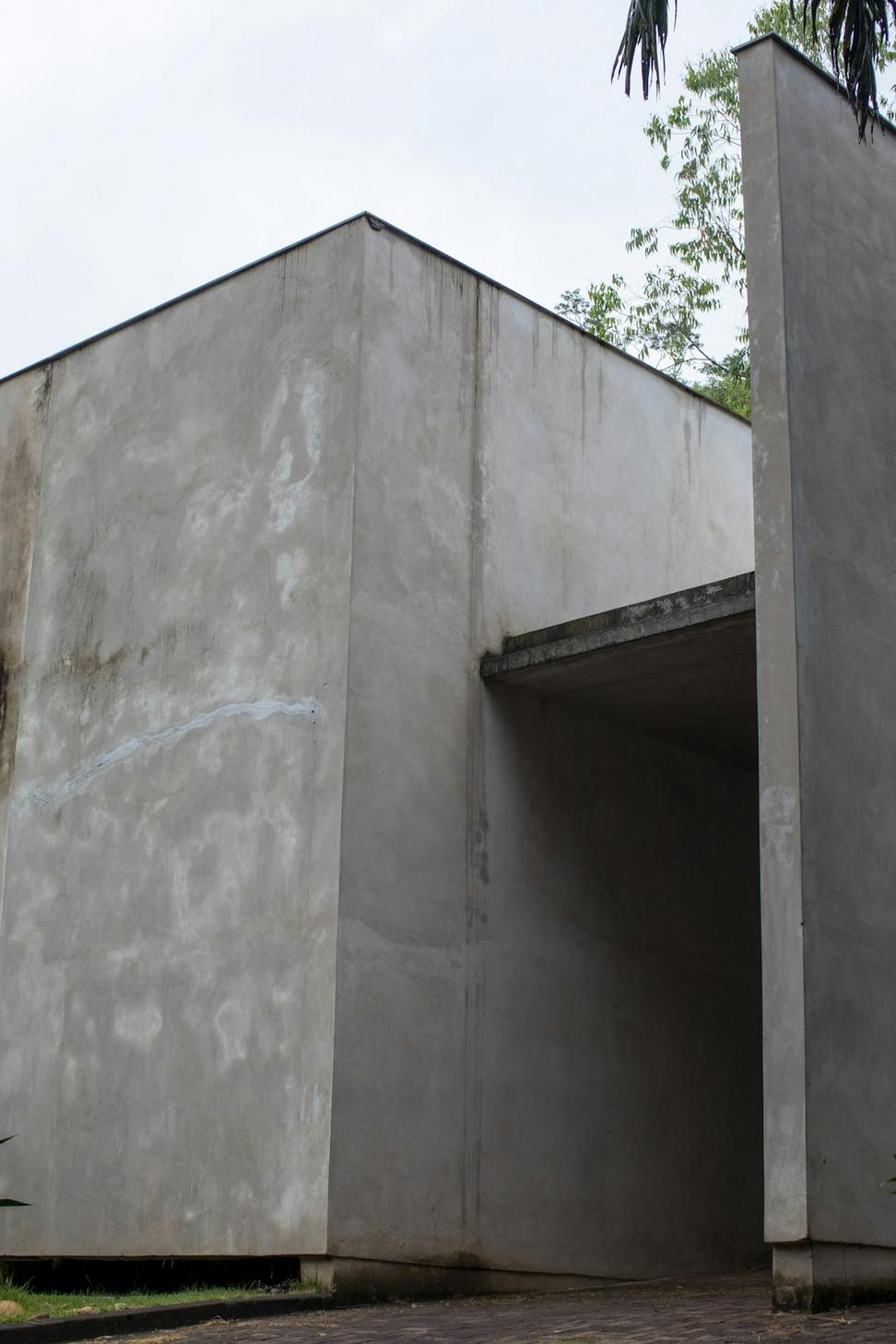
Regular concrete is an environmental nightmare. So we use mixes with fly ash, slag, and other industrial byproducts. Cuts emissions by up to 70% without sacrificing strength.
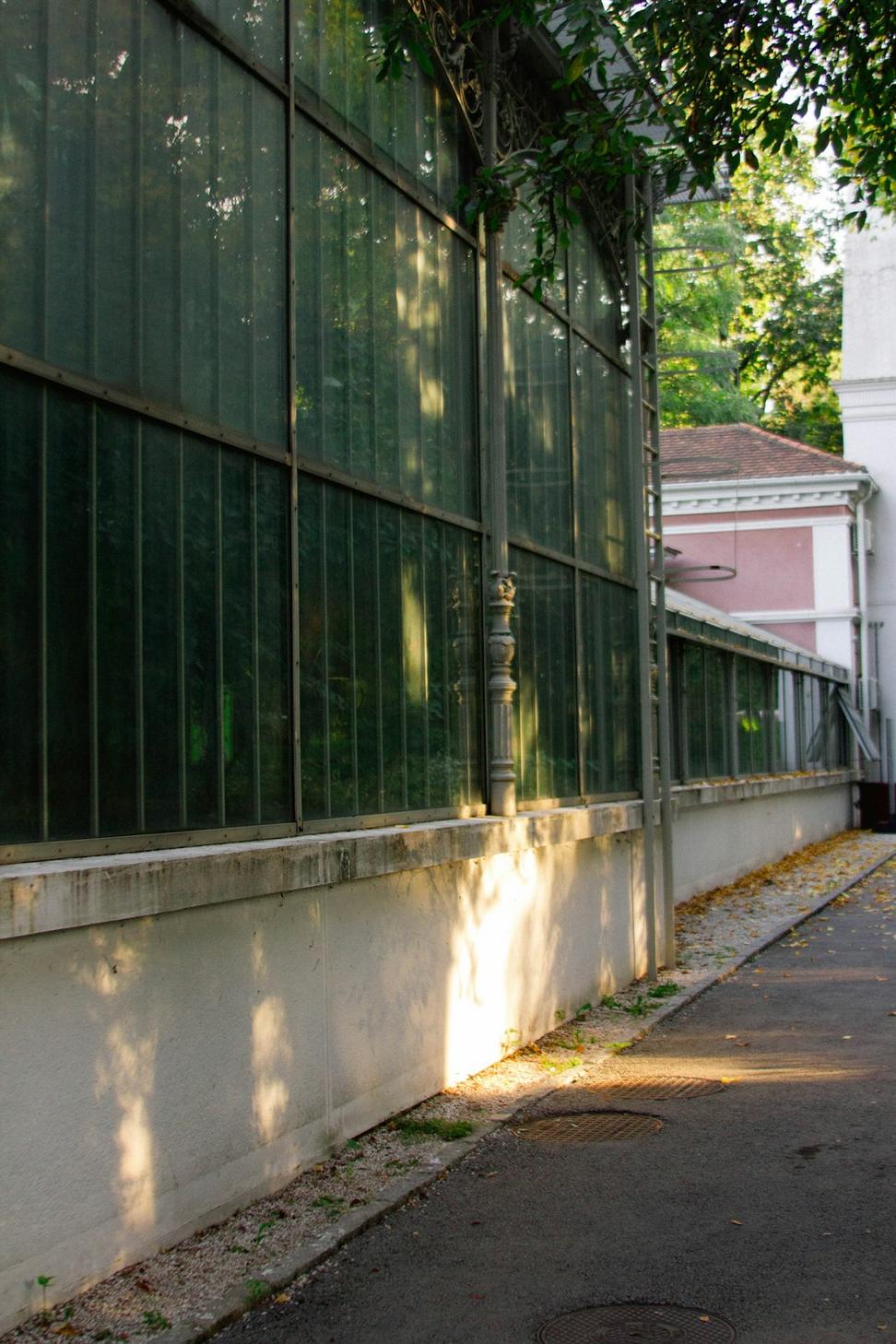
Steel and aluminum that's already been through the production wringer. Takes 95% less energy to recycle aluminum than make new stuff. The math isn't hard here.
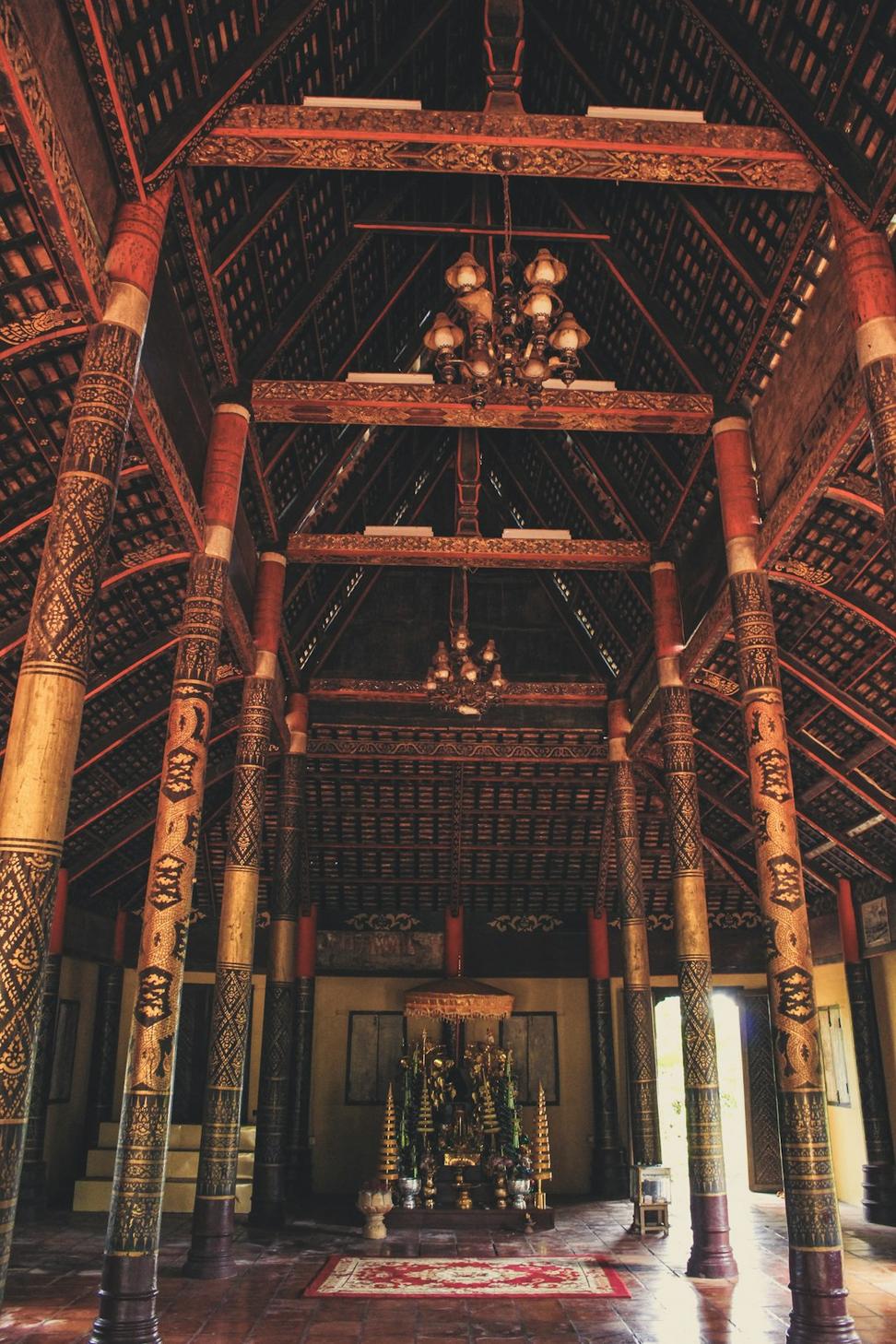
Fast-growing, renewable, and surprisingly durable. Bamboo floors can take a beating, and cork's natural insulation properties are chef's kiss. Great for interiors.
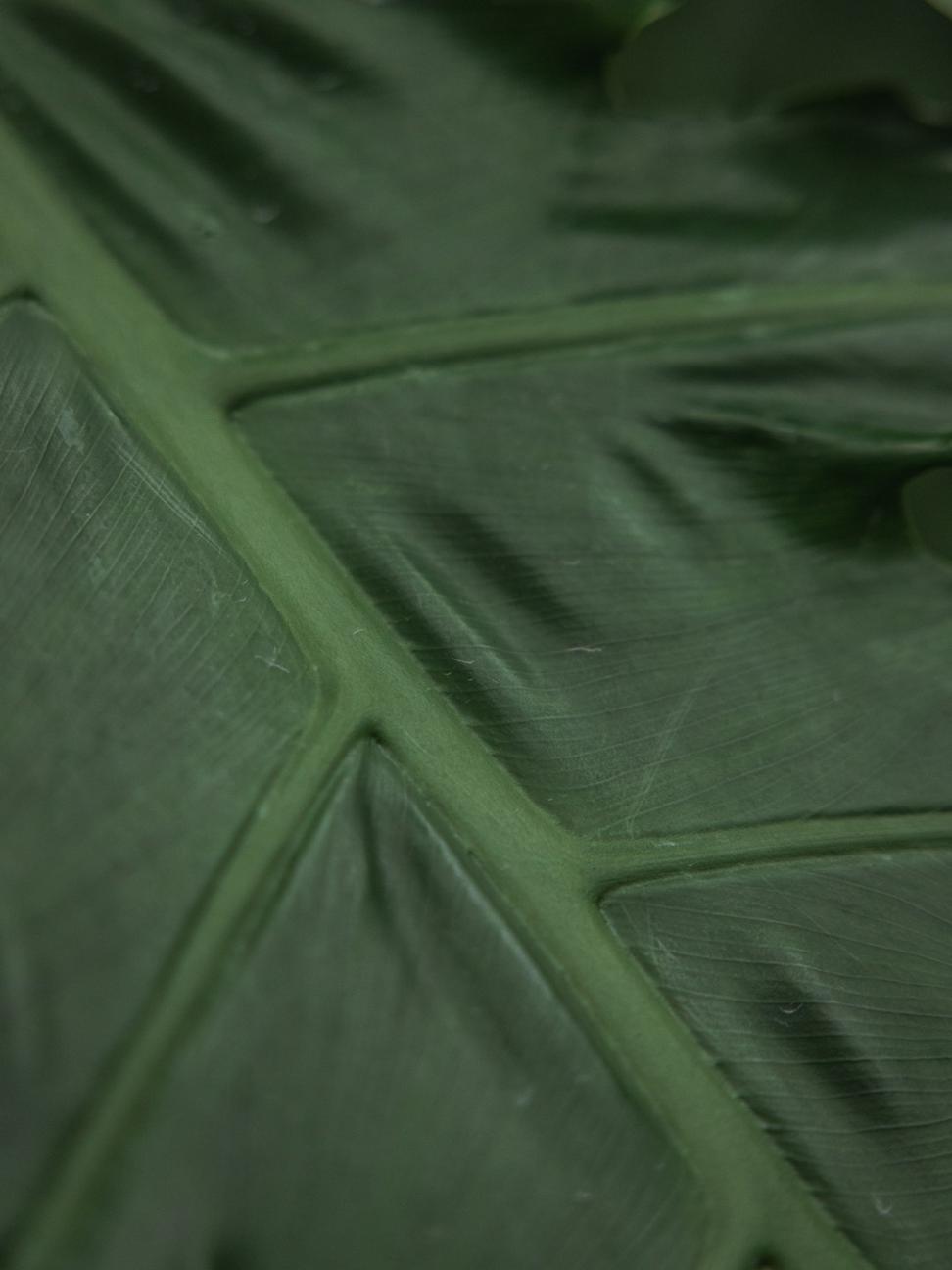
Sheep's wool, cellulose, hemp—yeah, we insulate with this stuff. Works better than fiberglass, doesn't irritate your lungs, and actually regulates moisture. Nature's pretty smart.
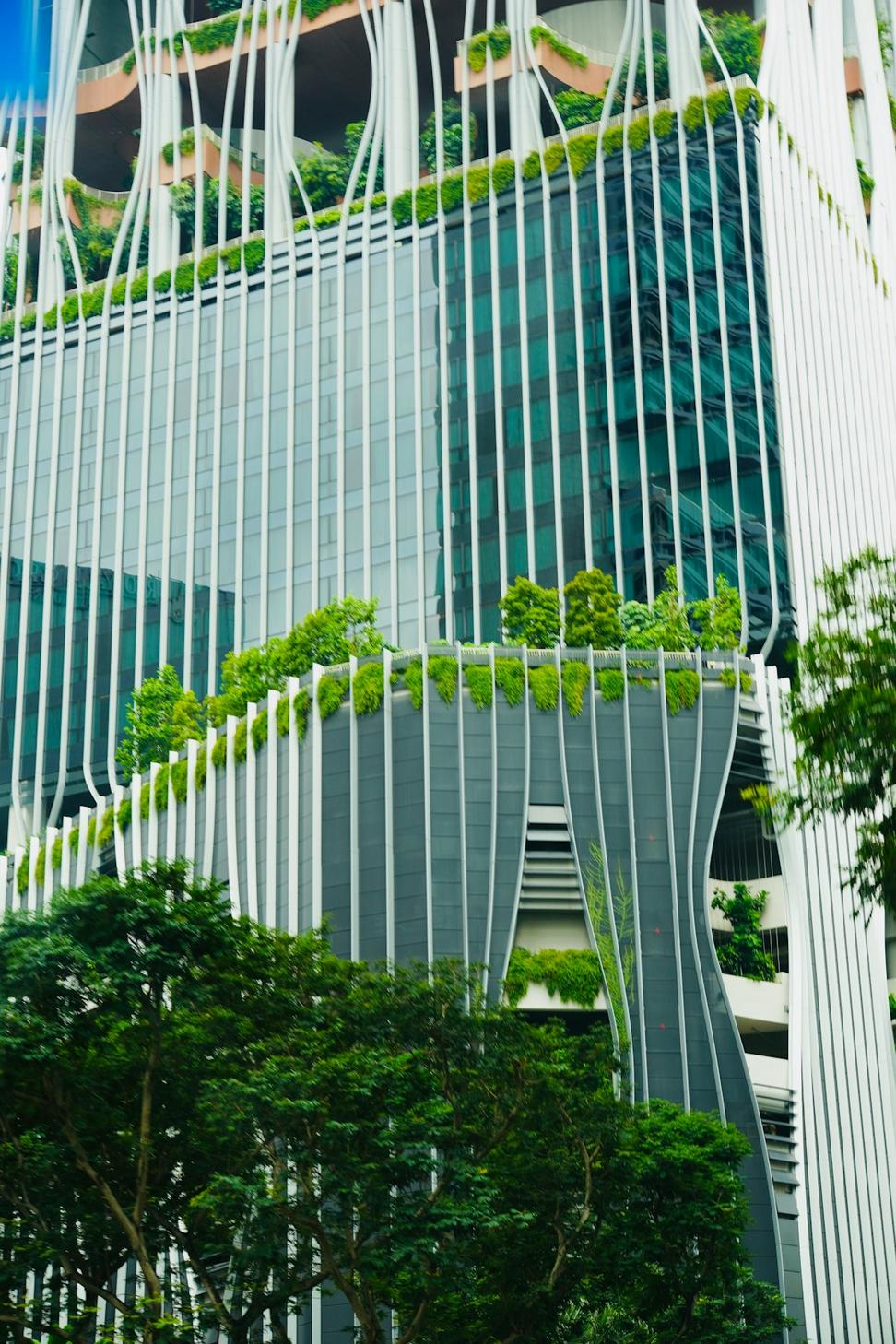
This 12-story mixed-use building in Toronto's waterfront district isn't just sustainable—it's regenerative. Produces more energy than it uses, treats all its own water, and the rooftop farm feeds the ground-floor restaurant.
"Everyone said we were crazy. Turns out crazy works when you've got the right team and you're willing to actually challenge how things have always been done."